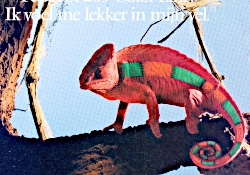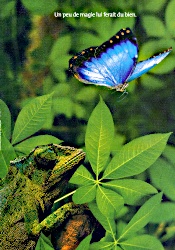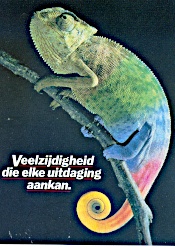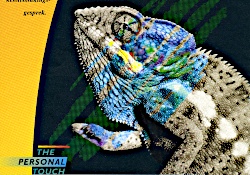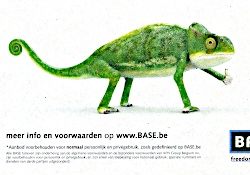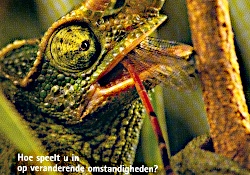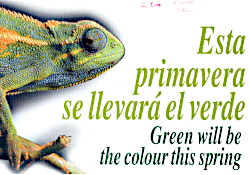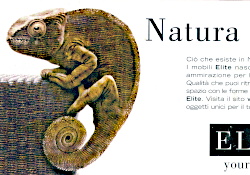In the previous adverts the argumentation for choosing a chameleon wasn't already particularly strong, but in our next examples I can only guess about the why.
Example № 11 is about design furniture
where the prospective customer may choose to customize the furniture to his taste.
I am not sure what
natura creativa
(in Italian) alludes to. The subtitle
your nature
(in English) suggests it is about the client's creativity. However, the text body of the advertisement suggests that this is about something else (from Italian):
What exists in Nature is perfect in itself. Elite furniture is born from a deep admiration for the qualities of Nature. Qualities that you can discover by transforming your space with the shapes and materials of Elite creations.
This is clearly a reference to
Mother Nature and therefore a variation on the theme of
learned from mother nature
, a theme we see often in more technical products such as cars. And as is often the case with these types of references, there is something wrong with the reasoning. The first sentence could be a contamination by Darwin's survival of the fittest, but is in any case incorrect. It is enough to look at the human species — e.g. our old age ailments — to immediately understand that this statement is not true.
The question remains who the chameleon is. Not the customer, for sure, because of the your nature
, meaning that he remains himself.
Is it the design? But that would mean that the designer does not radiate his own style. Hardly a good selling point.
Is it the furniture? But that doesn't change either; it remains as it is composed.
Let's just assume it is a half-failed attempt to point to the many options (same problem as in f.e. № 1).

